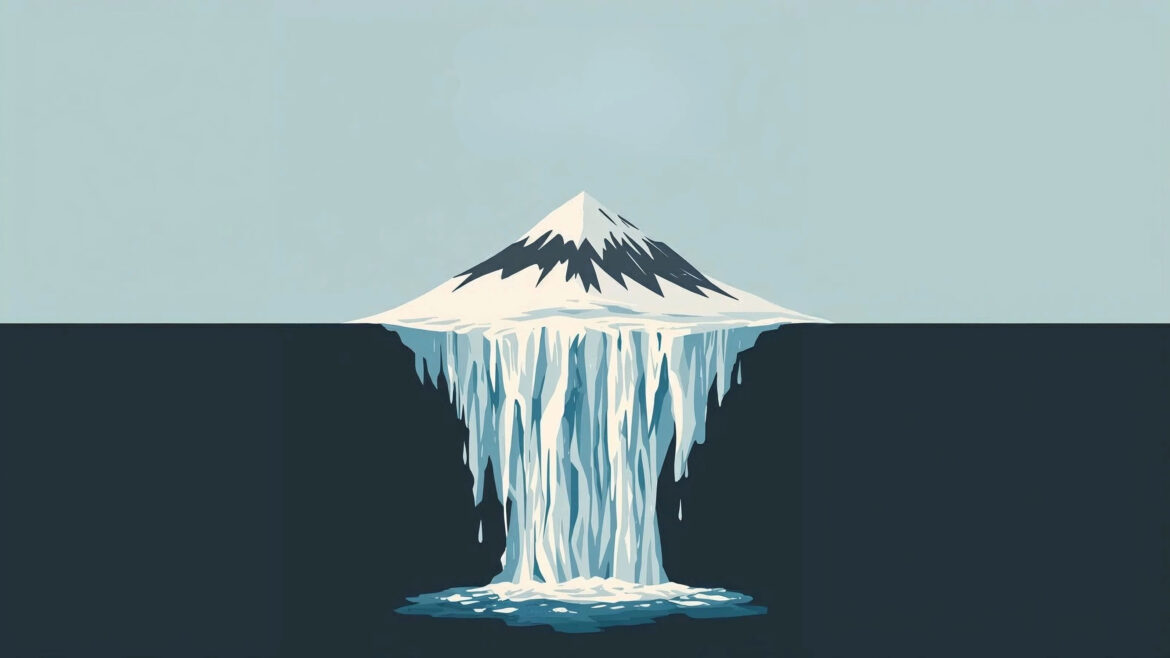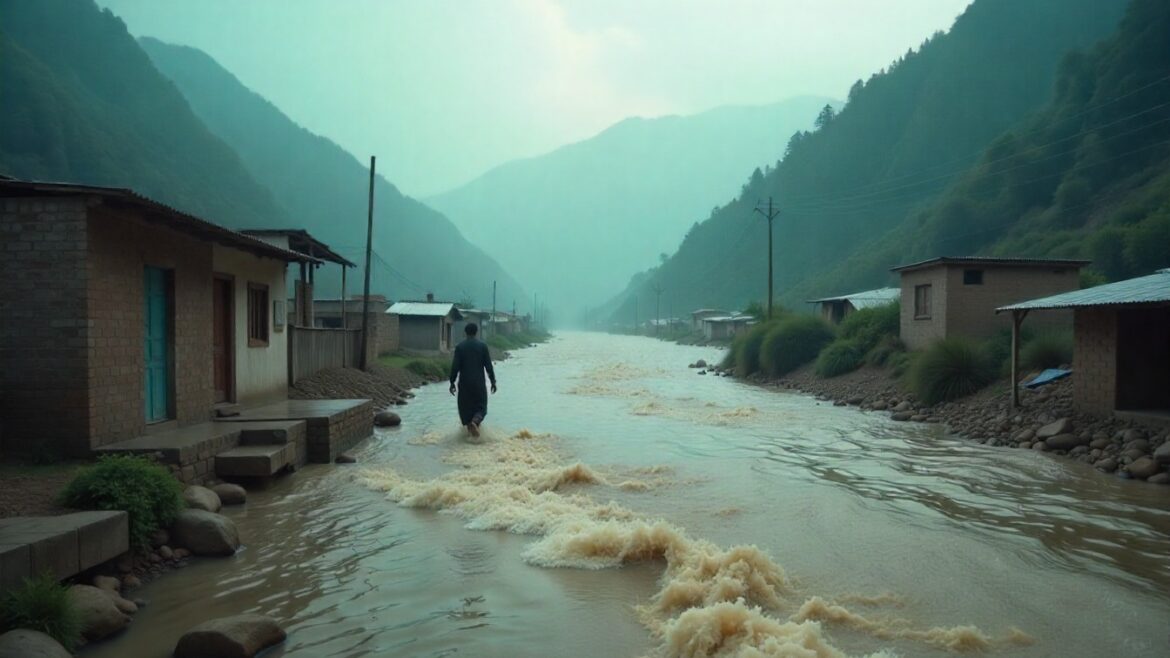The recent flooding in Gilgit-Baltistan highlights the devastating impact of climate change on Pakistan’s fragile mountain ecosystems. Glacial melt is accelerating, triggering flash floods, landslides, and widespread destruction. But this is not just a northern issue — from Karachi to Lahore, extreme weather events are disrupting lives, damaging infrastructure, and straining communities.
Pakistan is facing a climate emergency that extends far beyond the glaciers. Rising temperatures, unseasonal rains, and unpredictable weather patterns are reshaping the entire country’s environmental and social fabric.
The Growing Threat of Melting Glaciers
Unseasonal rains, glacial lake outburst floods (GLOFs), and cloudbursts are becoming increasingly frequent. In mountainous regions, melting glaciers destabilize slopes and trigger landslides. In cities, overwhelmed drainage systems lead to waterlogging, disease outbreaks, and power failures.
This crisis is not only environmental but also humanitarian. Preserving glaciers is crucial to prevent cascading disasters that affect agriculture, infrastructure, and human lives.
Technology: A Lifeline in Pakistan’s Climate Fight
Technology is emerging as a critical defense against climate disasters. Initiatives such as icepreservation.org demonstrate how science and community-driven solutions can stabilize glacial environments.
Some key innovations include:
- Passive cooling systems to slow glacier melting.
- Artificial ice structures to regulate water flow.
- Community-based monitoring tools for early warnings.
How AI and Digital Tools Are Transforming Resilience
Modern technologies are enabling Pakistan to predict, prepare, and protect against climate risks:
- Remote sensing & satellite imagery: Tracking glacier changes in real time.
- AI-powered climate models: Predicting GLOFs and weather patterns.
- Mobile apps & digital platforms: Providing communities with real-time alerts and disaster education.
Globally, countries are already using these innovations:
- Greenland: AI and drones predict glacial outbursts.
- India & Bangladesh: Flood forecasting protects millions.
- California: AI detects wildfires instantly.
- Japan & East Africa: AI enhances earthquake and weather forecasting.
Building a Resilient Future for Pakistan
Technology alone cannot solve Pakistan’s climate challenges. For real impact, it must be integrated with policy, investment, and local knowledge. Empowering vulnerable communities, funding research, and implementing sustainable infrastructure will be key.
Saving Pakistan’s glaciers is not just an environmental responsibility — it is a humanitarian necessity. Without urgent action, the melting ice will continue to unleash floods, disrupt agriculture, and endanger millions. With technology, collaboration, and resilience, Pakistan can fight back against this unfolding crisis.


